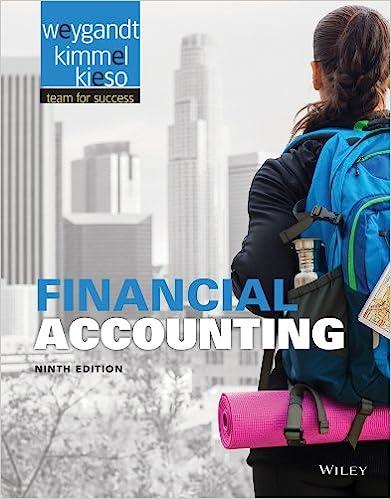Presented below and on page 527 are three independent situations. 1. Longbine Corporation redeemed $130,000 face value,
Question:
1. Longbine Corporation redeemed $130,000 face value, 12% bonds on June 30, 2015, at 102. The carrying value of the bonds at the redemption date was $117,500. The bonds pay semiannual interest, and the interest payment due on June 30, 2015, has been made and recorded.
2. Tastove Inc. redeemed $150,000 face value, 12.5% bonds on June 30, 2015, at 98. The carrying value of the bonds at the redemption date was $151,000. The bonds pay semiannual interest, and the interest payment due on June 30, 2015, has been made and recorded.
3. Precision Company has $80,000, 8%, 12-year convertible bonds outstanding. These bonds were sold at face value and pay semiannual interest on June 30 and December 31 of each year. The bonds are convertible into 30 shares of Precision $5 par value common stock for each $1,000 worth of bonds. On December 31, 2015, after the bond interest has been paid, $20,000 face value bonds were converted. The market price of Precision common stock was $44 per share on December 31, 2015.
Instructions
For each independent situation above, prepare the appropriate journal entry for the redemption or conversion of the bonds.
Common Stock
Common stock is an equity component that represents the worth of stock owned by the shareholders of the company. The common stock represents the par value of the shares outstanding at a balance sheet date. Public companies can trade their stocks on... Corporation
A Corporation is a legal form of business that is separate from its owner. In other words, a corporation is a business or organization formed by a group of people, and its right and liabilities separate from those of the individuals involved. It may... Face Value
Face value is a financial term used to describe the nominal or dollar value of a security, as stated by its issuer. For stocks, the face value is the original cost of the stock, as listed on the certificate. For bonds, it is the amount paid to the... Par Value
Par value is the face value of a bond. Par value is important for a bond or fixed-income instrument because it determines its maturity value as well as the dollar value of coupon payments. The market price of a bond may be above or below par,...
Fantastic news! We've Found the answer you've been seeking!
Step by Step Answer:
Related Book For 

Financial Accounting
ISBN: 9781118334324
9th Edition
Authors: Jerry J. Weygandt, Paul D. Kimmel, Donald E. Kieso
Question Posted:





